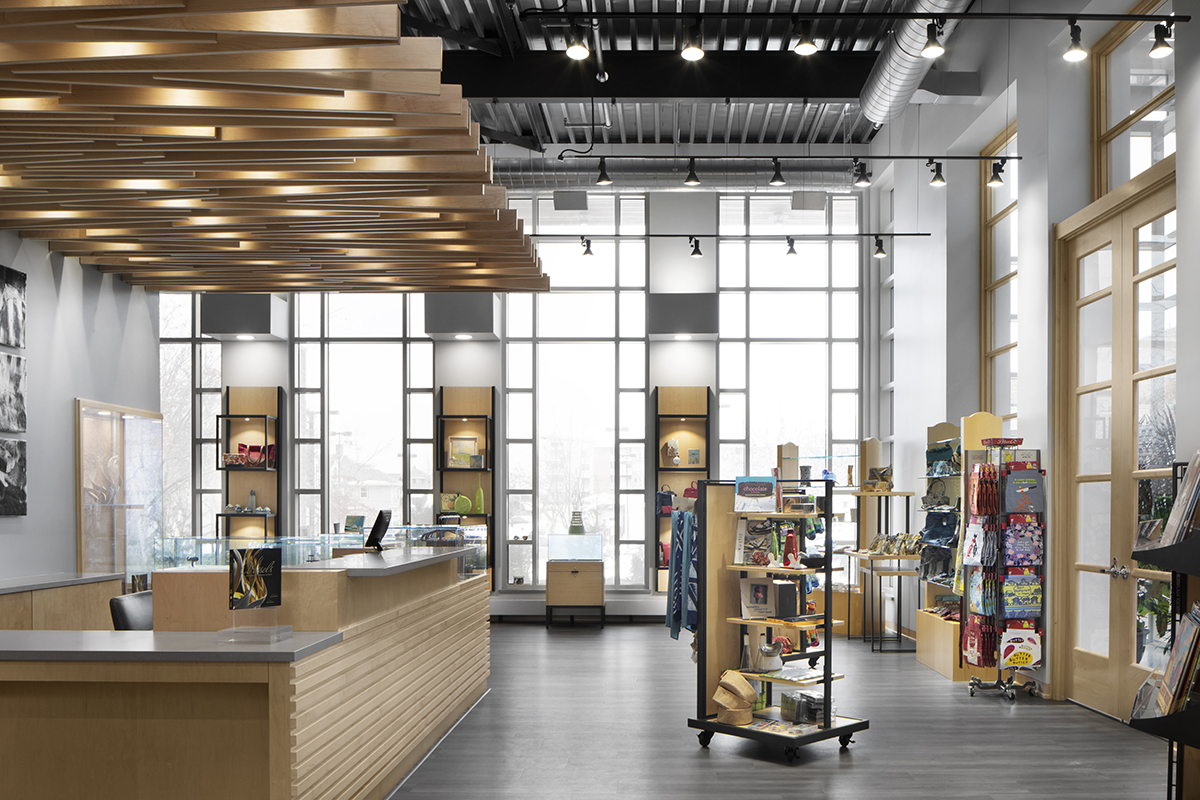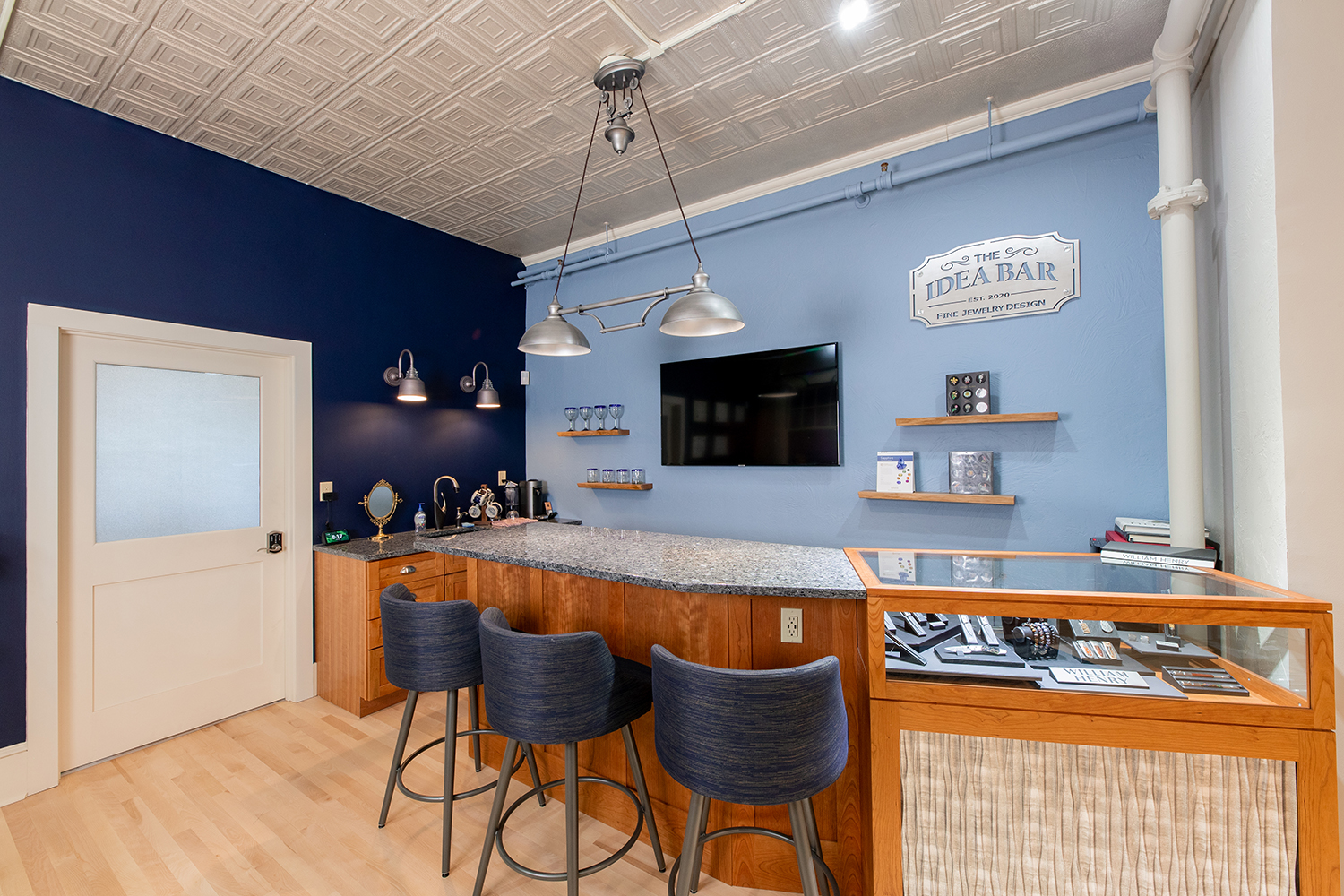There’s no doubt that during the pandemic people have been rethinking how they use their space whether it be at their workplace, their home interior, or a workspace inside their home. If you are one of these people and need a professional to help reshape your interior, who are you going to call: an interior designer or an interior decorator? It all depends on what you are hoping to accomplish.
If the job involves structural changes such as adding, removing or moving walls, or lowering or raising ceilings, then an interior designer should be part of your team. Interior designers go through a formal education and training which usually involves a four-year college program, concluding with a degree in interior design or interior architecture. In some states interior designers have to pass the comprehensive NCIDQ exam in order to become nationally certified. Certified designers must meet continuing education minimums every two years. Designers are trained to design functional, code-compliant, healthy and safe environments. They often use computer-aided design (CAD) to create floor plans, lighting and ceiling plans and they are experienced in space planning, interior architecture, color theory, furniture and finishes specifications, fixtures and equipment (FF&E) layouts, acoustics, building codes, project management, giving formal presentations, creating finish schedules and décor packages, and collaborating with architects, general contractors and a variety of subcontractors.


If you are simply looking to improve the aesthetics of a space, such as adding décor and artwork, changing paint colors and wall coverings, selecting window treatments, buying new furniture or rearranging furniture, then an interior decorator can assist.
A decorator usually gets involved in a project after renovations or structural planning have been completed. Although they are not required to have a degree to conduct their business, most have an innate sense of style and can perform their duties well. Their portfolio and references will give you a good idea of their work. Decorators do need to interact with furniture manufacturers, upholsterers, fabric and wallcovering companies, and other industry representatives.
So, as you can see, interior designers and interior decorators are two different professions but they both share the same goal: to provide a final product that meets and exceeds the client’s needs.




